"With human strength, stones can turn into rice"
Pakse City is the capital of Champasak Province and the 4th largest city in Laos. Recalling the journey of bringing the first white gold to flow in the neighboring country, Mr. Pham Van Thong, Deputy Director of Vietnam-Laos Rubber Company, could not help but feel emotional.
The weather in Pakse at the end of September is cool, with a light rain. At 6am, on the asphalt road leading to the rubber forest, workers are busy tapping latex, in the distance is a mountain range surrounded by clouds, life is peaceful and happy. Mr. Thong shared that to have today is the outstanding effort of the entire staff and workers of the company.
In 2005, 10 Vietnamese officials and workers were sent by VRG to Laos to start a project to plant more than 10,000 hectares of rubber. At that time, no one in the delegation of officials and workers understood the customs and practices of the local people, the geographical conditions were remote, the language was different, and the physical facilities were from zero.
The unit had to build camps right in the forest to live and direct land reclamation. 10 people not only organized their lives but also had to go to each village to learn about customs and practices, establish relationships with village elders, village chiefs and local authorities, organize land reclamation, and divide plots. Then came the efforts and hardships of bringing good rubber seedlings from Vietnam to Laos to plant on the dry, impoverished land after the war...
Mr. Thong recounted that the company had to directly compensate and negotiate land clearance with the people, and reclaim land as compensation was paid: "All of the company's land areas have owners, so compensation and site clearance work takes a lot of time and costs, and it is impossible to proactively control the time of land reclamation."
Recruiting local workers also faces many obstacles due to language and cultural differences. Every day, each staff member of the company diligently visits each household to promote the benefits of growing rubber trees; preferential policies for recruiting people who have land allocated early, and people with difficult circumstances to work as company workers, helping them have a stable income.
To solve the difficulty of planting trees, the Director of the Vietnam-Laos Rubber Company at that time, Labor Hero Ho Van Ngung (also known as Mr. Chin Ngung) had many initiatives to plant trees. Thanks to that, in 1 year, the company planted 5,000 hectares of rubber. According to the plan, by 2010, only 10,000 hectares of rubber would be planted, however in 2008 the company completed the new planting plan, the survival rate of trees reached 98%, 2 years ahead of the plan.
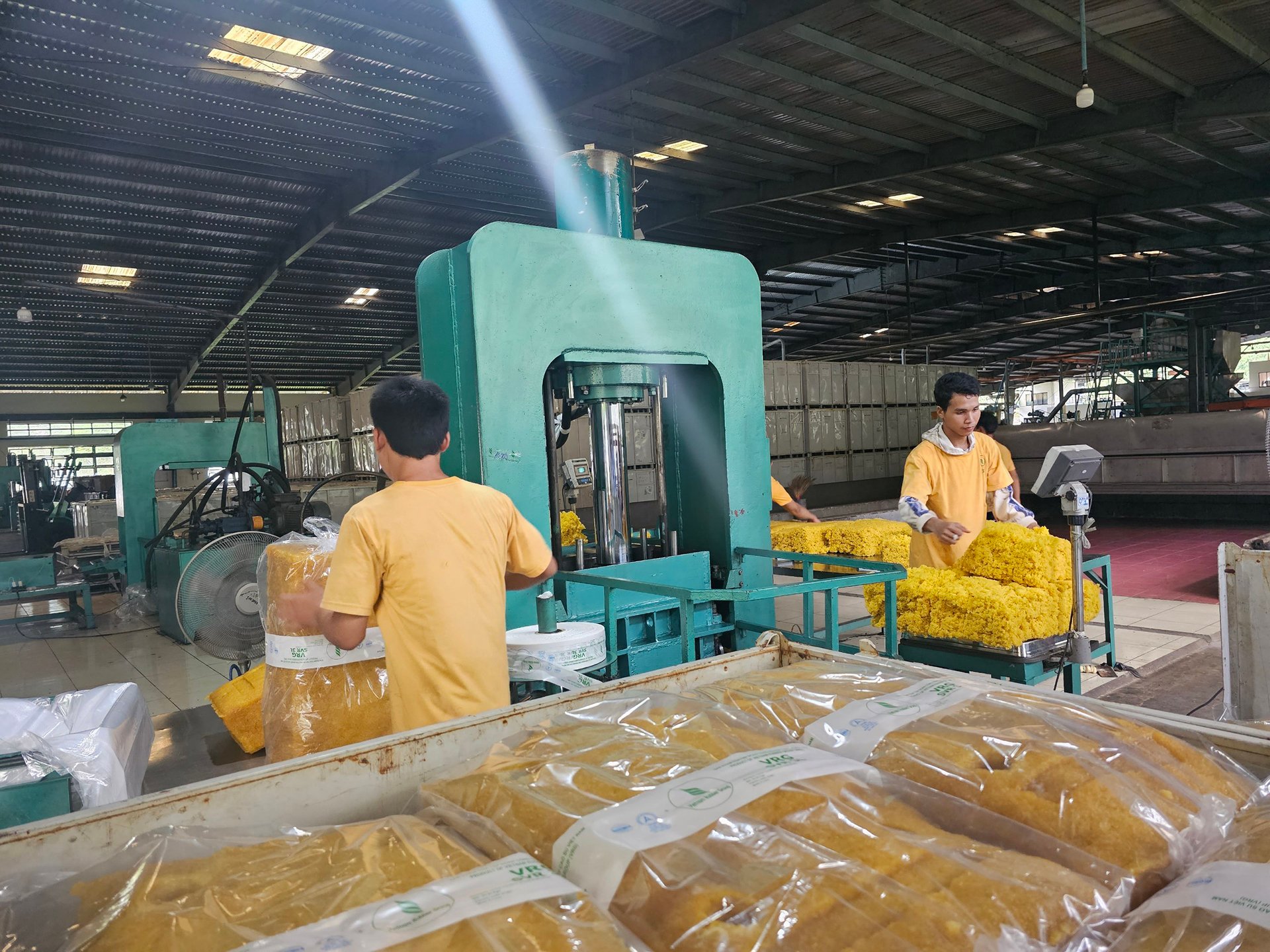
Workers work at the latex processing factory of Vietnam-Laos Rubber Company.
Day by day, the efforts, beliefs, hopes and expectations of VRG, the company and its employees have been answered by reality. In 2011, the first white gold stream of the project flowed into Laos.
However, the difficulties did not stop there. At the end of 2011, the rubber market price continued to fall; by 2014, the rubber price had dropped sharply to only 26 million VND/ton. At this time, the company produced more and more at a loss, and under pressure from debt, the company had 6,000 tons of latex in stock.
With the support of VRG and by 2016 when the price of rubber latex began to improve again, Viet Lao Rubber Company successfully recovered. When the price of latex increased to 40 - 45 million VND/ton, it immediately solved the problem of 6,000 tons of latex remaining from previous years; stabilized production and business, increased income for workers.
Currently, each year, Viet Lao Rubber Company exploits an average of over 15,000 tons of rubber latex per year; it has been a member of the 2 tons/ha Club for 8 consecutive years.
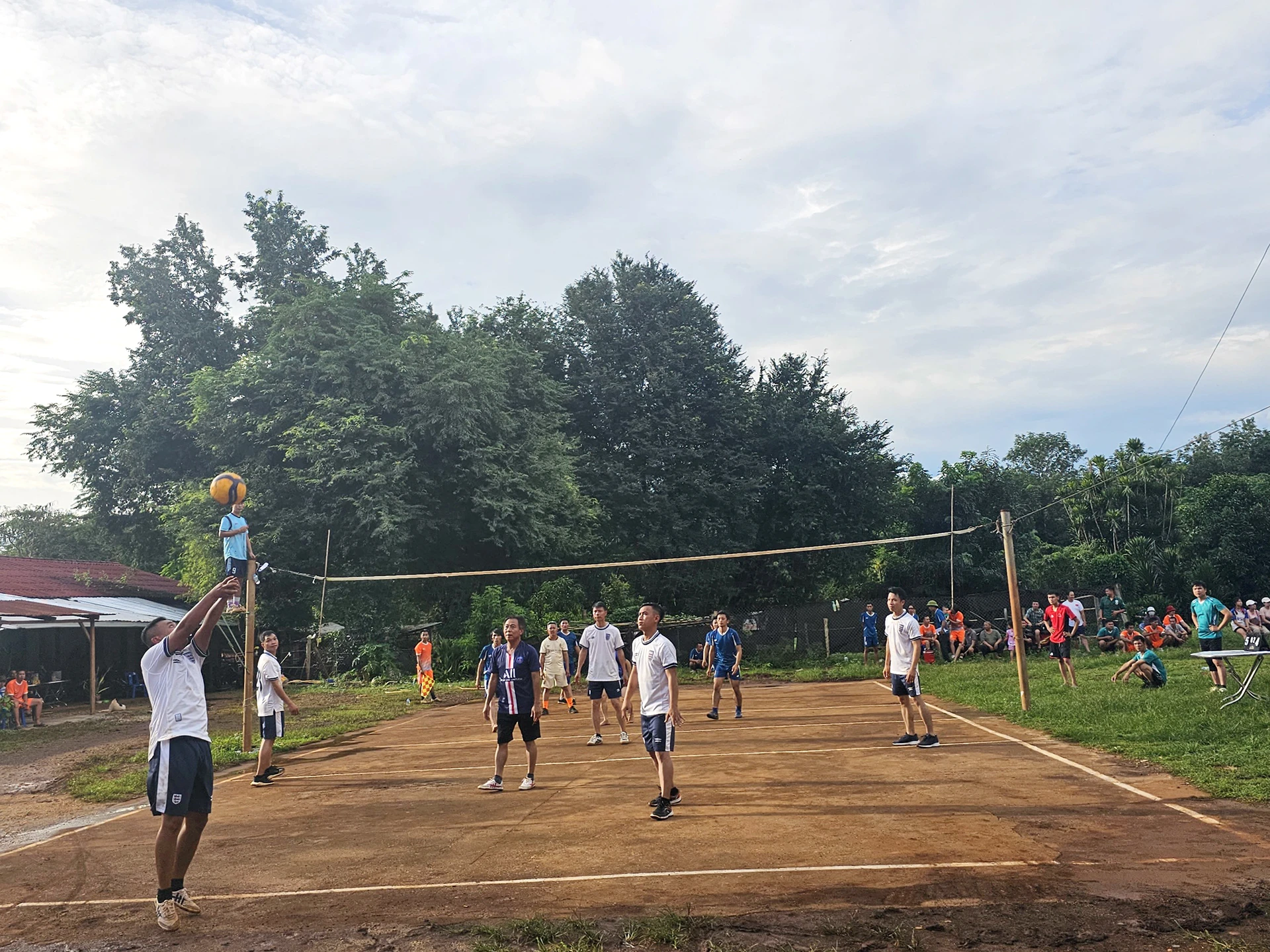
Workers play volleyball at the sports festival
From nomadic life to stable income
The Vietnam-Laos Rubber Company has 4 farms and worker housing. On the afternoon of September 29, the company organized a sports event. Hundreds of workers from the farms competed, many children and the elderly came to cheer enthusiastically. There were Lao families with 3 generations living together…
Before the rubber plantation project, people in Bachiang and Sanasumbun (two remote and poorest districts of Champasak province) in the project area mainly lived by slash-and-burn farming; shifting cultivation and nomadic life with low income. The rubber project developed in the right direction has created conditions for Bachiang to change from a poor district to a rich district in the province.
Since the project of planting 10,000 hectares of rubber trees here, the lives of people in the two districts have improved significantly. From having no jobs and unstable incomes, workers now have stable jobs and have money to support their families with an income of 5-6 million VND/month during the basic construction period (the period from planting to flowering and fruiting) and now it is 7-8 million VND/month. Many households in the villages have built spacious houses, bought televisions, refrigerators, cars... This is a clear success that the project has brought to the people.
In order to ensure the best accommodation for workers, the Vietnam-Laos Rubber Company has built 50 model houses for Lao workers in the Bachiang 2 farm area; built 22 rows of houses for workers; and ensured that all workers participate in health insurance and social insurance.
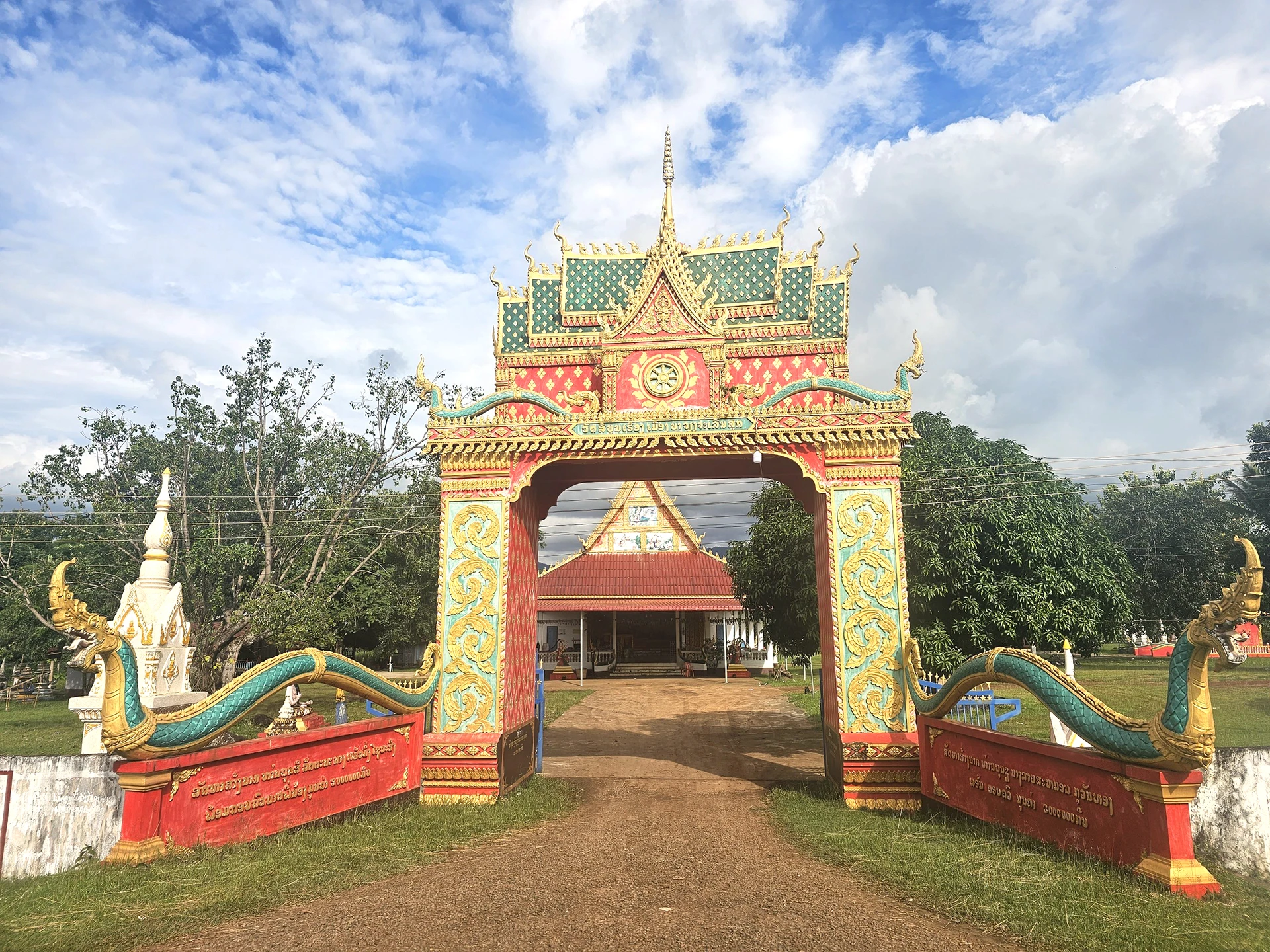
The pagoda was built by the Vietnam-Laos Rubber Company in Champasak province, Laos.
Implementing social security policies, the company supports the locality in building 20 model houses and villages at Bachiang 4 farm; building 2 schools; 1 pagoda in Bachiang district; maintaining and repairing roads, inter-roads, red gravel roads for easy travel by villagers during the rainy season; supporting the construction of electricity lines for villages. Up to now, 100% of villages in the 2 districts have electricity for daily life and production; building 20 km of asphalt roads for trade in the project area and connecting villages; awarding scholarships to local children, supporting people affected by natural disasters, floods, etc.
Although there were many initial difficulties, the Vietnam-Laos Rubber Company also had certain advantages to achieve the development it has today.
Accordingly, the two districts of Bachiang and Sanasumbun have suitable land for industrial crops, especially rubber trees. All four farms of the company are located on the same main road, convenient for the company to move and harvest latex. The latex processing factory is also located right in the center, so the transportation of latex from the farm to the factory is short, limiting the use of chemicals to prevent latex from clotting.
The favorable geographical location because the project is located in 2 districts of 1 province also helps to unify diplomatic contacts, the relationship between local authorities is almost like family.
As one of the first rubber planting and exploitation projects in Laos, operating effectively, creating stable jobs for local people, the Vietnam-Laos Rubber Company has received attention from the Party and the State, and diplomatic delegations from the two countries of Vietnam and Laos regularly visit. The company also participates in seminars, meetings, and exchanges with district leaders and local departments and branches on economic development policies associated with local social security. (to be continued)
Source link


![[Photo] General Secretary attends the parade to celebrate the 80th anniversary of the founding of the Korean Workers' Party](https://vphoto.vietnam.vn/thumb/1200x675/vietnam/resource/IMAGE/2025/10/11/1760150039564_vna-potal-tong-bi-thu-du-le-duyet-binh-ky-niem-80-nam-thanh-lap-dang-lao-dong-trieu-tien-8331994-jpg.webp)


![[Photo] Opening of the World Cultural Festival in Hanoi](https://vphoto.vietnam.vn/thumb/1200x675/vietnam/resource/IMAGE/2025/10/10/1760113426728_ndo_br_lehoi-khaimac-jpg.webp)
![[Photo] Discover unique experiences at the first World Cultural Festival](https://vphoto.vietnam.vn/thumb/1200x675/vietnam/resource/IMAGE/2025/10/11/1760198064937_le-hoi-van-hoa-4199-3623-jpg.webp)



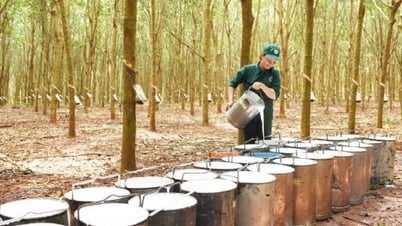



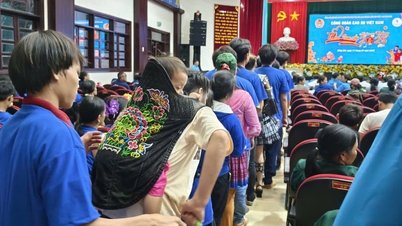

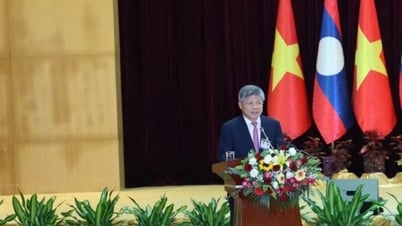
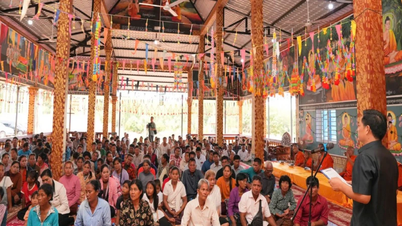

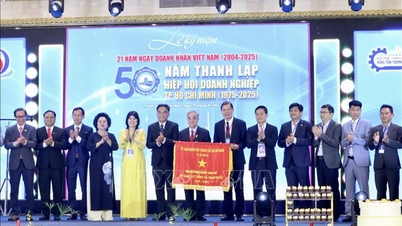

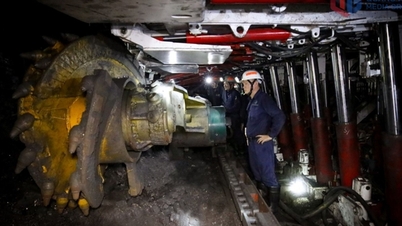

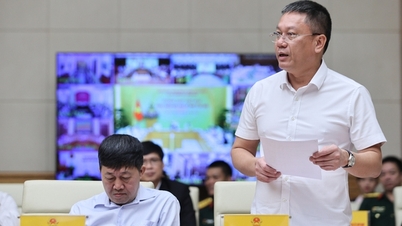
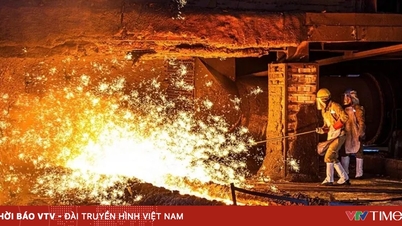







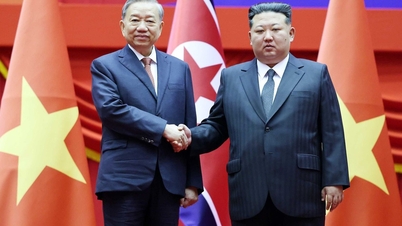


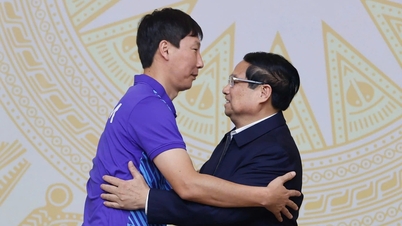
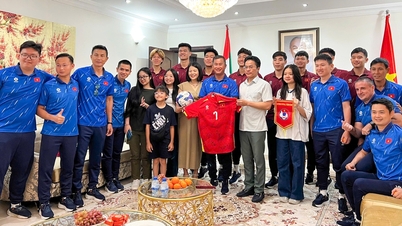
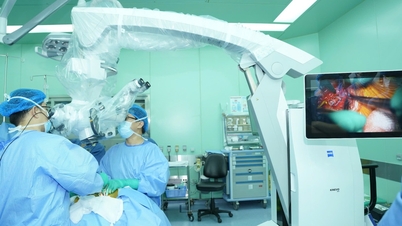
![[Photo] Ho Chi Minh City is brilliant with flags and flowers on the eve of the 1st Party Congress, term 2025-2030](https://vphoto.vietnam.vn/thumb/1200x675/vietnam/resource/IMAGE/2025/10/10/1760102923219_ndo_br_thiet-ke-chua-co-ten-43-png.webp)


























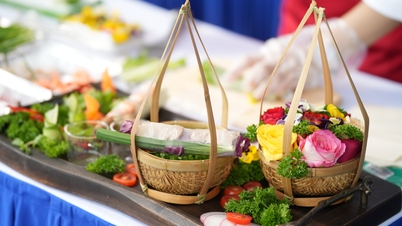
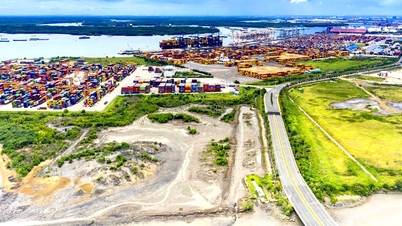
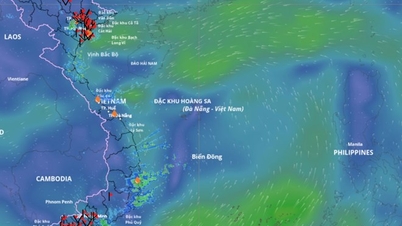


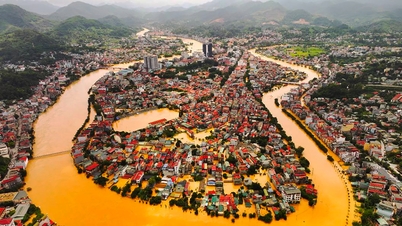

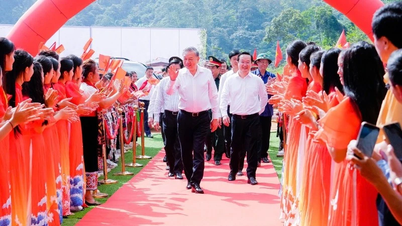



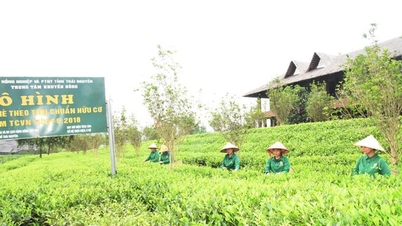
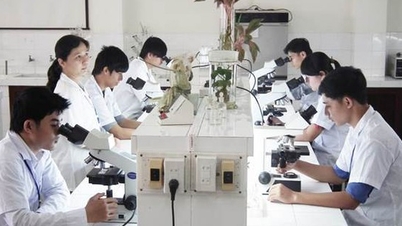
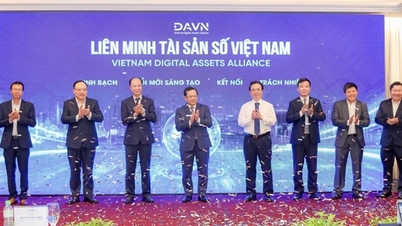
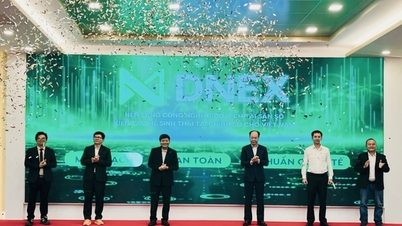

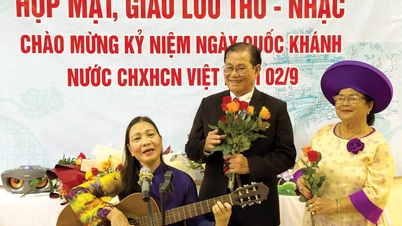


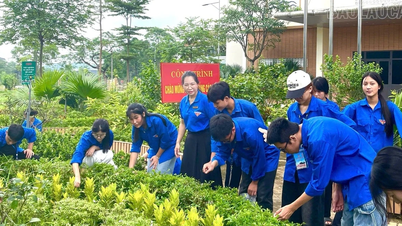














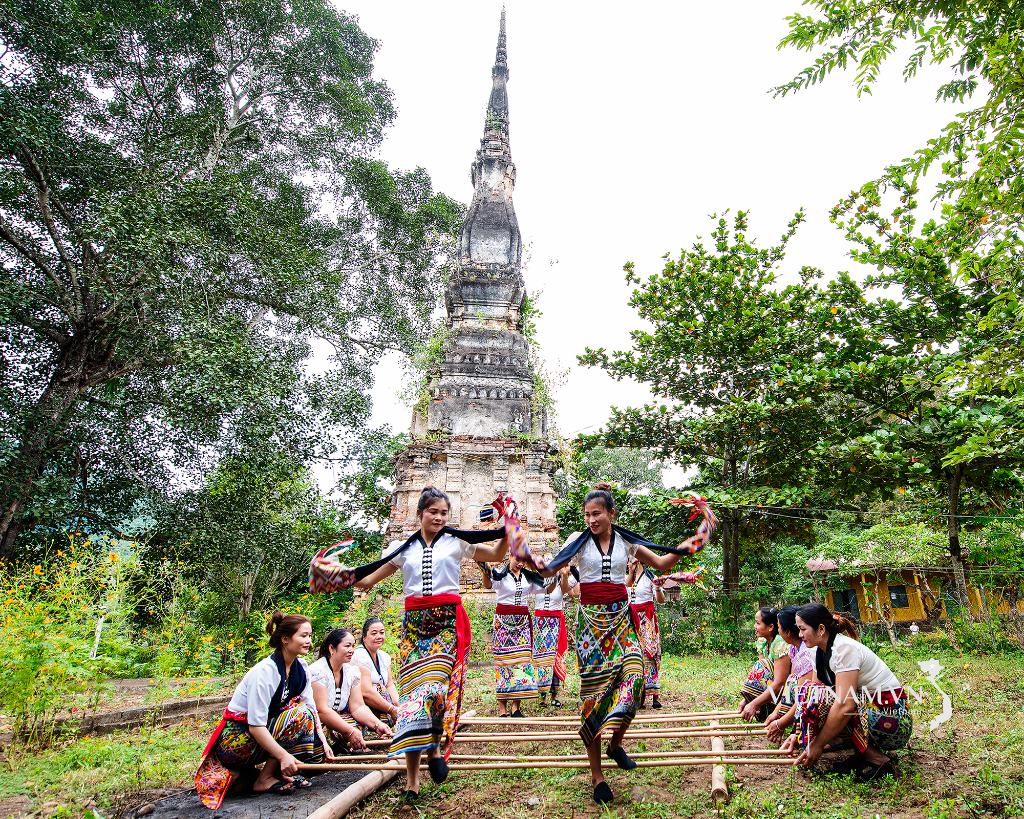

Comment (0)